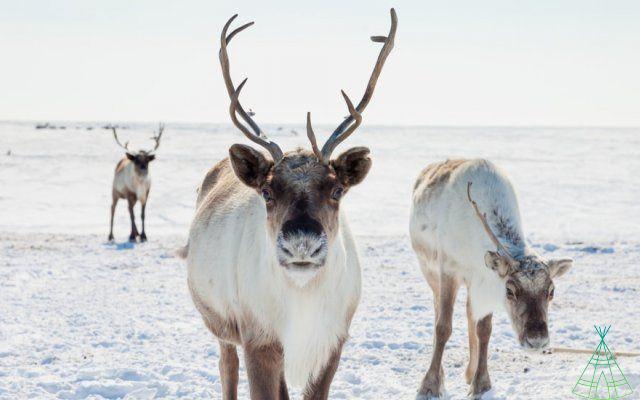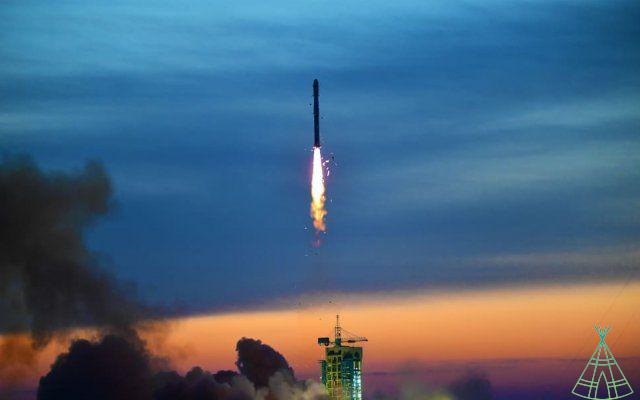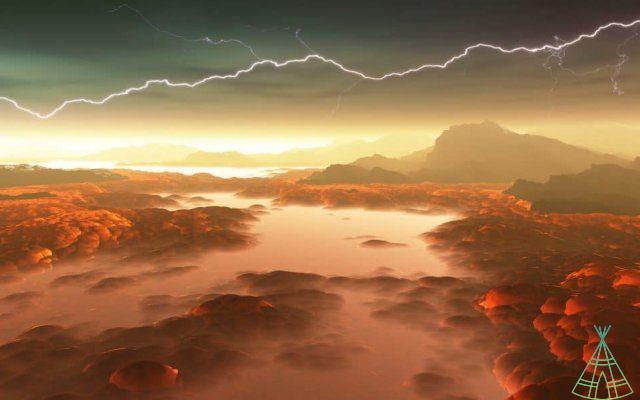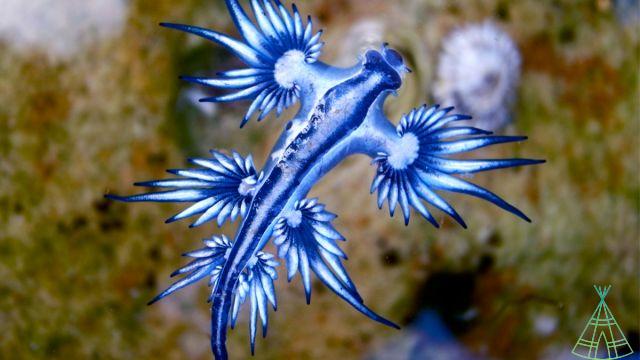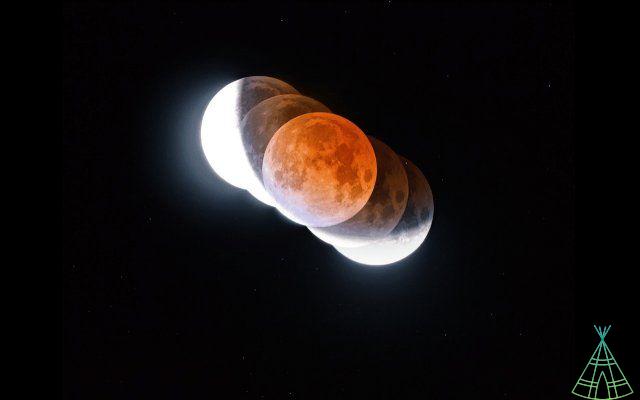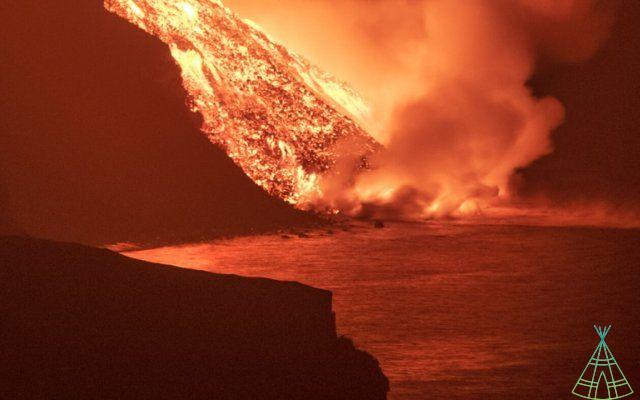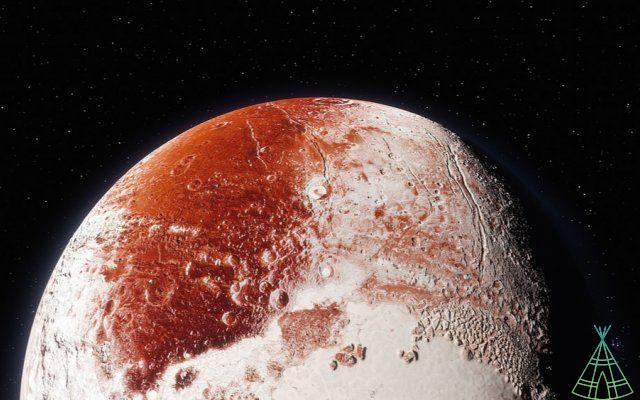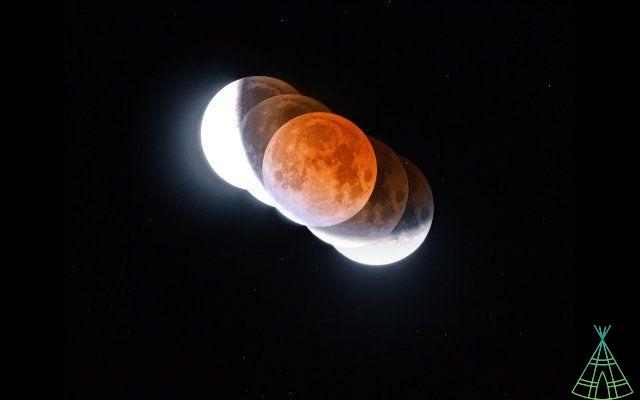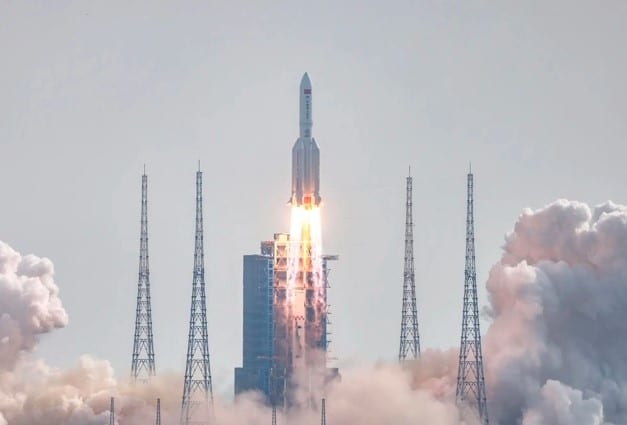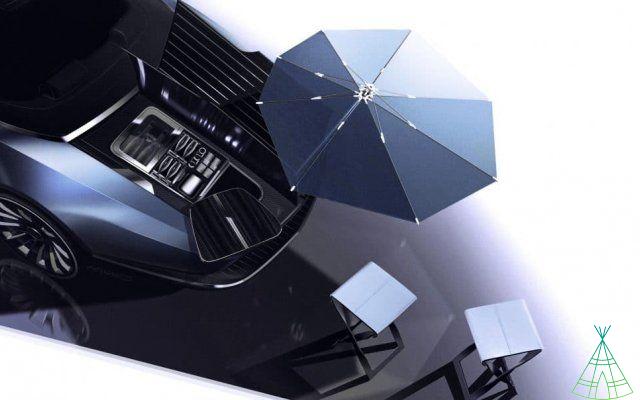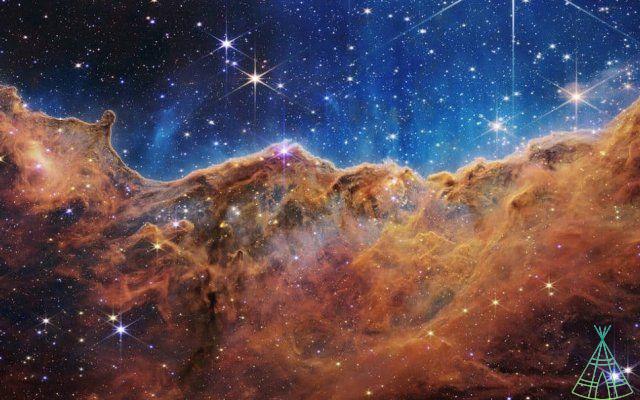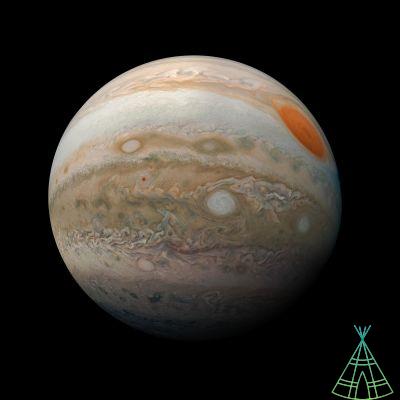
Jupiter is the largest planet in the solar system and the fifth planet from the Sun. The gas giant features beautiful banded cloud layers, a cluster of thin, dusty rings, the famous Great Red Spot, and dozens of assorted moons. But do you know more details about this peculiar planet?
Why Jupiter?
As the fourth brightest object in Earth's sky (after the Sun, Moon and Venus) Jupiter has been known since ancient times. Our modern name for the planet is derived from the Roman king of the gods, Jupiter.
To the ancient Greeks, Jupiter was known as the Phaethon, meaning "burning star", while the Babylonians referred to the giant planet as Marduk, the patron deity of the city of Babylon. Other ancient names for Jupiter include Brhaspati (Sanskrit), Tzedek (Hebrew), Muxing (which means “Wooden Star” in Mandarin), and Mushtari (Arabic).
what's it made of?
Jupiter is two and a half times more massive than all the other planets in the solar system combined and is made up mostly of hydrogen and helium, according to the European Southern Observatory. The gas giant has a diameter of 142.984 kilometers, making it 11 times the size of Earth, according to NASA.
Jupiter has no real surface, according to the agency; the planet is just a swirling mixture of gases flowing in three distinct layers at its outer edges. This region is believed to be approximately 71 km long, where the upper layer is likely to be made of ammonia ice, the middle layer is likely to be made of ammonium hydrosulfide crystals, and the innermost layer may be made of water ice and steam.
The bright colors seen on Jupiter's outer surface are likely plumes of gases containing sulfur and phosphorus rising from the planet's hotter interior. As it spins extremely fast, completing a single day in less than 10 hours, its outer atmosphere is separated into long belts of brighter and darker material.
Data from Juno has shown that Jupiter's jet streams can reach depths of about 3.200 km. Deeper in the atmosphere, increasing pressures and temperatures force hydrogen gas into a liquid, which means Jupiter has the largest ocean in the solar system, made of hydrogen instead of water, according to NASA.
Somewhere halfway to the center of the gas giant, internal pressures become so great that electrons are squeezed from its hydrogen atoms, creating a superconducting metal that supposedly drives Jupiter's enormous magnetic field. The planet could have a central core of solid material or a thick, dense “soup” made mostly of iron and silicon, which could reach around 50.000 degrees Celsius.
How far is Jupiter from the Sun?
Jupiter orbits at an average distance of 778 million km from the Sun, according to NASA. A year on Jupiter lasts 11,86 Earth years.
The planet has the shortest day in the solar system, lasting 9,93 hours. Its central axis is tilted only 3 degrees, as opposed to Earth's axial tilt of 23 degrees, meaning Jupiter doesn't experience much seasonal variation throughout the year.
Do humans explore Jupiter?
One of the first people to make detailed observations of Jupiter was the Italian astronomer Galileo Galilei, who looked at the planet through his telescope in 1610, seeing its four largest moons. In modern times, humans have launched many probes that have passed or orbited the gas giant.
The Pioneer 10 and 11 spacecraft, launched in March 1972 and April 1973 respectively, studied the asteroid belt and flew by Jupiter, collecting information about its intense radiation belts and taking some initial pictures.
The Voyager 1 and 2 probes, which left Earth in 1977 and arrived at Jupiter in 1979, obtained surprising data from the giant planet. The robots discovered Jupiter's faint and dusty ring system, the presence of volcanic activity on its moon Io and some previously unknown moons.
NASA launched a dedicated mission to Jupiter called Galileo, which arrived and began orbiting the massive planet in December 1995. Galileo studied Io and Jupiter's icy moon Europa in depth and launched a probe that crashed into Jupiter's atmosphere, obtaining data about things like the temperature, speed and pressure of the wind on the planet.
The agency's latest Jupiter-dedicated spacecraft is called Juno, which has been in orbit since July 2016. Juno passes the planet's polar regions every 53,5 days and has studied its powerful magnetosphere and bright auroras ever since.
Read more:
- Catch the 'Blood Moon' in Brazil this Sunday
- 49 years ago, NASA launched its first Space Station
- Hours before the total lunar eclipse, an asteroid will pass "close" to Earth
NASA is building a probe called Europa Clipper to study the icy moon and its underground ocean, which many scientists think could be a potential abode for life, according to NASA. In addition, the European Space Agency's (ESA) Jupiter Icy Moons Explorer (JUICE) mission will explore Europa as well as two other large moons of Jupiter: Ganymede and Callisto.
How many moons does Jupiter have?
There are currently 53 named moons of Jupiter, plus 26 moons awaiting official names. Jupiter's largest moon, Ganymede, is also the largest moon in the solar system, being larger than the planet Mercury.
The other Galilean satellites – named after their discoverer – are also massive worlds of interesting surprises of their own. Callisto is one of the most heavily cratered objects in the solar system and may have a liquid ocean beneath its thick layer of ice. Europa has a similar ice and ocean structure, but its frozen outer shell is much thinner, meaning it is recycled more frequently and has fewer craters. Io, which is brilliantly colored, is the most volcanically active body in the solar system.
Could there be life on Jupiter?
Most researchers these days don't have much hope of living organisms floating around in the gas giant. NASA considers Jupiter's moon Europa, which is covered in an icy shell surrounding a huge body of liquid water, one of the most likely places to find extraterrestrial life in the solar system.
Have you watched our new videos on YouTube? Subscribe to our channel!





